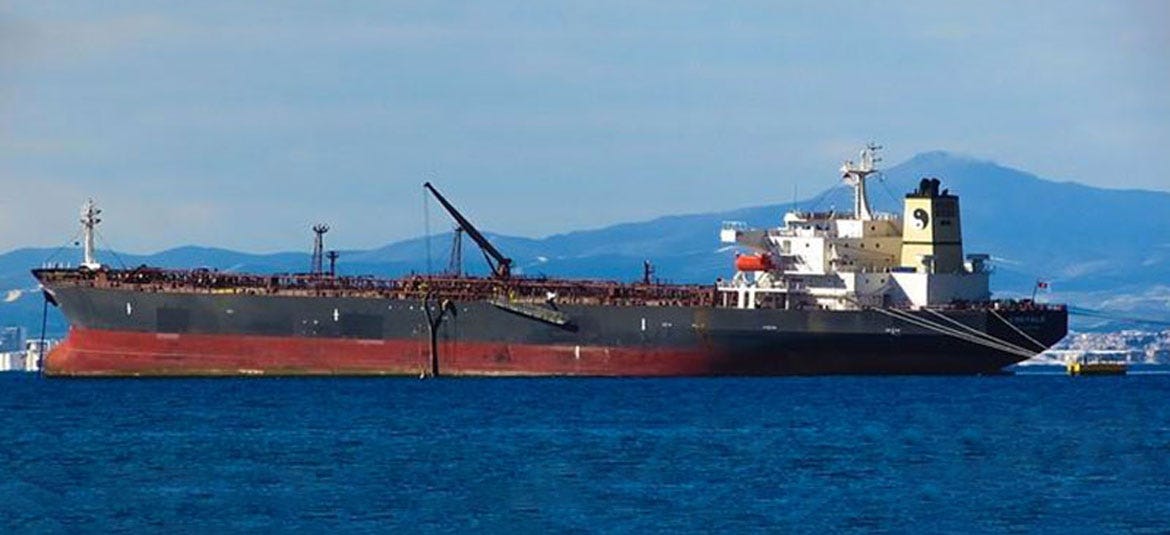So why is a temporary vessel being used in Phase One?
With a memorandum of understanding now in place between the Houthis and the UN, the first phase of rescuing the Safer situation - getting the oil onto a temporary vessel, with the vessel beyond repair - should in theory be possible once the money has been raised by and disbursed to the UN.
The reason a temporary vessel is being used rather than just a permanent one from the beginning is twofold:
A permanent vessel will be given to the Houthis - requiring conversion into a similar storage and offloading function like the Safer has now - but still needs to be sourced, funded and acquired. The target period for this was 18 months.
Due to the dire condition of the Safer and reportedly worsening weather conditions starting in October, which would see high winds and choppy sea conditions, getting the oil onto a more secure and safer vessel is the immediate priority. That the money has not even been raised and the process of transferring the oil will take four months, means things are getting even more urgent.
So how will Phase One work?
While the overall Plan is owned by the UN Resident and Humanitarian Coordinator for Yemen, it is being project managed by the UN Development Programme.
The work itself will be conducted by the 175-year old Dutch company Smit Salvage, who specialise in “emergency response, salvage, wreck removal and environmental care services”. They were called in when the Ever Green got stuck in sand and mud in the Suez Canal in March 2021, and got it moving after a week.
When it comes to the Safer operation, Smit Salvage put together the below animated video, which was shown at the UN pledging event in May 2022.
Key aspects of the operation include:
A support vessel will arrive with a specialist crew, board the Safer and start to inspect the cargo and inert gas lines, deck machineries, PV (Pressure Vacuum) breakers and PV valves keeping pressures within the storage tanks in balance, the pump and engine room, and the vessel’s moorings.
Portable inert gas generators to be installed to bring inert gas into storage tanks. (The inert gas, as previously discussed, is needed to ensure that flammable vapours emanating off the oil cargo are neutralised.)
A Very Large Crude Carrier (VLCC) will arrive alongside the Safer.
Oil booms will be installed in the water to assist in absorption in case of any oil spillage.
The ‘manholes’ on deck will be opened and four hydraulic pumps will be lowered into each of the storage tanks. The transfer of the oil into the VLCC will then commence.
Once this is completed, any remaining oil residue will be removed and the tanks will be cleaned.
Remaining dirty water will be piped into the VLCC.
Next time, I will delve into the funding drives and arrangements and the latest fundraising status.



